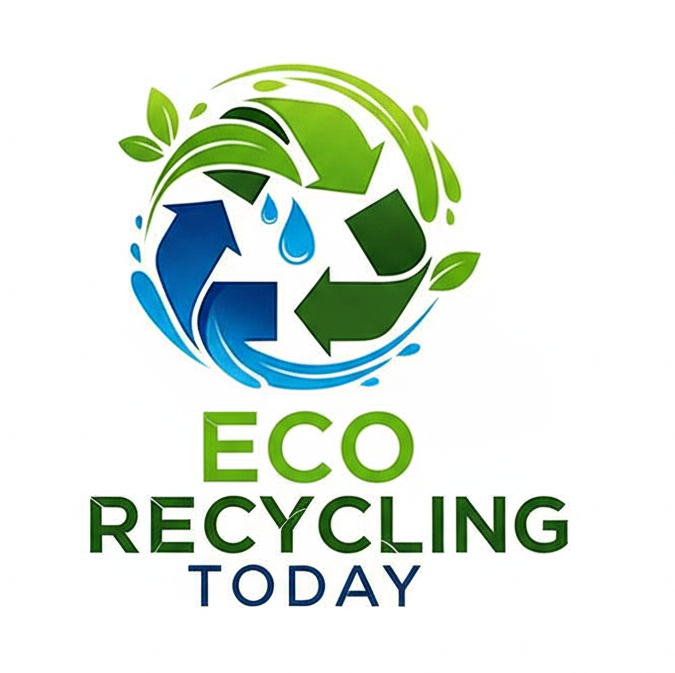As technology rapidly advances, the number of discarded electronic devices—laptops, smartphones, TVs, and more—continues to grow. Inside these devices are printed circuit boards (PCBs), which contain valuable metals like gold, copper, and palladium. But these boards also pose environmental hazards when improperly disposed of.
This is where a circuit board recycling machine becomes essential. It allows for the efficient, safe, and profitable recovery of precious and non-ferrous metals from electronic waste.
What Is a Circuit Board Recycling Machine?
A circuit board recycling machine is a specialized piece of equipment used to break down and recycle PCBs (Printed Circuit Boards) from old electronic devices. The machine separates valuable metals and non-metallic materials, reducing waste and recovering resources that can be reused in new manufacturing processes.
Why to Recycle Circuit Boards
- Massive E-Waste Problem: The world generated over 57 million tons of e-waste in 2021, and less than 20% was properly recycled.
- High Value: Circuit boards can contain up to 800 times more gold than mined ore.
- Toxic Hazards: PCBs contain heavy metals like lead, mercury, and cadmium, which are dangerous to both people and the environment.
Recycling is not just smart—it’s necessary.
How a Circuit Board Recycling Machine Works
Here’s a step-by-step overview of the recycling process:
- Shredding: Waste circuit boards are shredded into smaller pieces.
- Crushing: The pieces are crushed to a fine granule size.
-
Separation: Materials are separated using methods like:
- Airflow separation
- Electrostatic separation
- Magnetic separation
- Collection: Precious metals (gold, silver, copper) and fiberglass/resin are collected separately.
This process is fully automated, efficient, and reduces the need for dangerous manual handling.
Key Benefits of Circuit Board Recycling Machines
Environmental Protection
- Prevents heavy metal leakage into soil and water
- Reduces the need for mining virgin metals
Economic Value
- Recovers up to 99% of copper and over 90% of precious metals
- Generates profits from gold, silver, and copper resale
High Efficiency
- Machines can process from 100 kg to several tons per day
- Recovery processes are over 95% efficient
Safe and Compliant
- Meets environmental regulations (RoHS, CE, ISO 14001)
- Closed-loop systems minimize air and water pollution
Ideal Applications
- E-Waste Recycling Centers
- Electronics Manufacturing Waste
- Government or Municipal Recycling Programs
- Private Scrap Metal Recovery Businesses
What to Look for in a Circuit Board Recycling Machine
- Processing Capacity – Choose a machine that fits your daily or monthly recycling volume.
- Metal Recovery Rate – Look for 90%+ recovery of copper and 95%+ for precious metals like gold and silver.
-
Separation Technology – Ensure it uses efficient methods like:
- Airflow separation
- Electrostatic separation
- Magnetic separation
- Automation Level – Fully automated systems reduce labor and improve safety.
- Dust and Pollution Control – Must have proper filters and systems to prevent toxic emissions; check for RoHS, CE, ISO 14001 certifications.
- Material Compatibility – Should handle various types and sizes of PCBs (computers, phones, TVs, etc.).
- Energy Efficiency – Look for low power consumption and smart energy-saving features.
The global e-waste recycling market is projected to grow to $144 billion by 2028, with a strong demand for technologies that safely recover materials from circuit boards and electronics.
